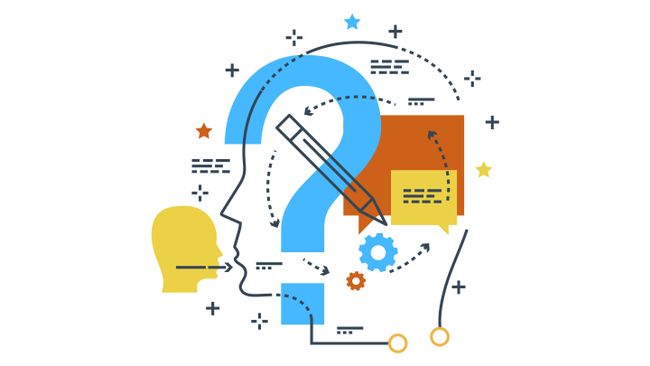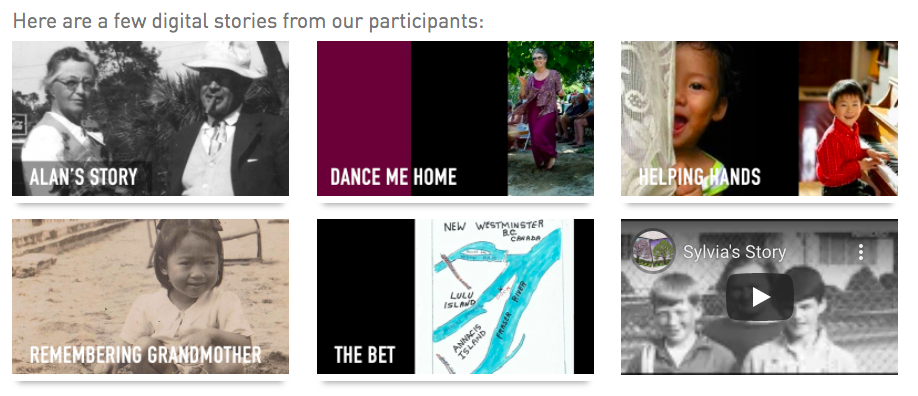
Image: ©Shutterstock.com/BadBrother
Critically examining the information we obtain, taking ownership of our learning, and gaining insight into out identities are aspects of the First Peoples Principles, “Learning requires exploration of one’s identity” and “Leaning ultimately supports the well-being of the self, the family, the community, the land, the spirits, and the ancestors.” These are also aspects involved in “culturally responsive inquiry learning,” as discussed in Jeffrey Hinton’s recent Edutopia article, “Culturally Responsive Inquiry Learning.” I found this to be a useful read because it illustrates how we can aid in students growing into independent thinkers by actively participating in their own learning through choice, inquiry, and skill-building. I thought it was particularly important touching on Geneva Gay’s culturally responsive teaching framework that reveals the importance of “giv[ing] students the opportunity to identify, analyze, and solve real-world problems, particularly those that have resulted in legacies of privilege and oppression.” I think as educators we need to give space and opportunity for learners to make learning meaningful by being part of the process and choosing what it is they wish to learn more about, rather than trying to teach at our students. I think technology can aid in this inquiry process through the internet, for example, being a vast resource centre.
Hinton, J. (2021, July 8). Culturally responsive inquiry learning. Edutopia. https://www.edutopia.org/article/culturally-responsive-inquiry-learning



